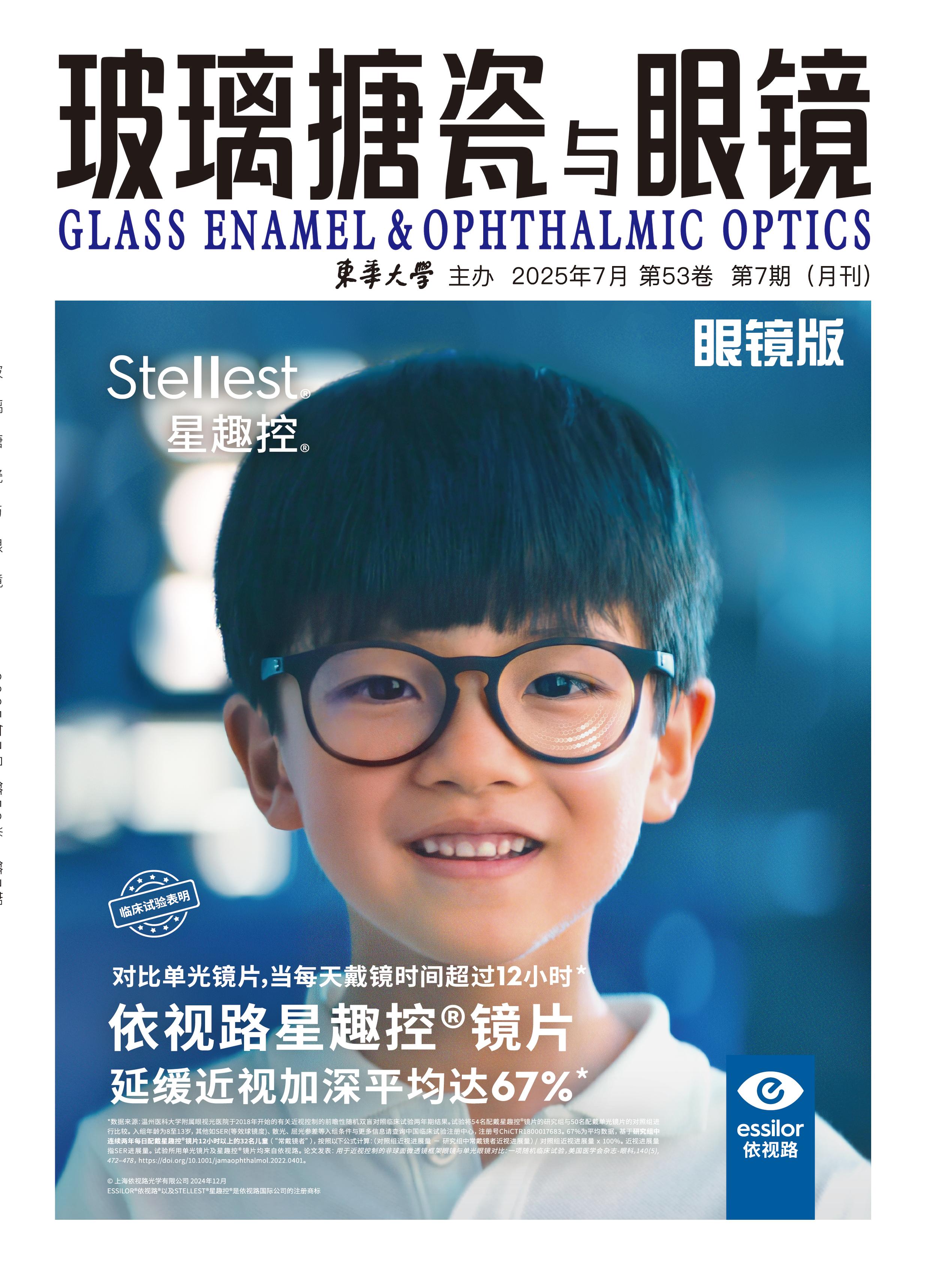
Bullet-proof glass is a kind of transparent window material utilized for load-bearing and various specialized functions in both military and civil field. Based on the previous studies, a new composite structure composed of inorganic glass, PMMA and PC materials with different combinations was proposed with the aim of improved impact resistance and lightened material weight. Using ABAQUS software, the mechanical properties of the designed bullet-proof glass during impact process were investigated by numerical simulation. The results showed that for the same thickness, the more the layers were, the more concentrated the stress distribution was, and that the impact resistance of the material was proportional to the thickness. Under optimized configuration, the 14mm thick bullet-proof glass was able to withstand the frontal impact of a 7.62 mm warhead at a speed of 600 m/s.
A detailed theoretical derivation of the principle of measuring the refractive index of glass by the V prism method is carried out. The precision of measuring the refractive index of glass example by the V prism method can reach ±0.000 05 . At the same time, according to a large number of glass composition and glass refractive index test data, the fast calculation formula of the refractive index of CaO-B2O3-SiO2-Al2O3 E-glass was fitted out: n′=1.685 57ωCaO+1.385 31ωB2O3+1.536 71ωSiO2+1.612 23ωAl2O3, the precision is ±0.005. The method is used to study the influence of glass composition on the refractive index.
The global myopia rate shows an increasing trend year by year. Therefore, the research on the prevention and control of adolescent myopia has become a hot spot in the field of ophthalmology research. At present, the research mainly focuses on the following three aspects: outdoor activities in sunlight, low concentration atropine and peripheral defocus technology. Among them, peripheral defocus technology is the most diversified in myopia prevention and control products, which mainly include orthokeratology lens, peripheral defocus mutifocal soft lens and peripheral defocus spectacle lens. In this paper, the application of peripheral defocus technology in myopia prevention and control will be discussed based on the history of myopia research and the new achievements of myopia prevention and control.
Exploring the relationship between sleep status and myopia prevalence in preschool children, a total of 336 people from a public kindergarten in Shanghai were selected as the research subjects and underwent eye examination and questionnaire survey. Results show that total sleep time greater than or equal to 10 hours, going to bed at 22:00 and before, and getting up at 7:30 and after are protective factors for myopia. Ensuring adequate sleep for preschool children and eliminating the use of electronic devices before going to bed are of great significance for the prevention and control of children's myopia and their healthy development.










